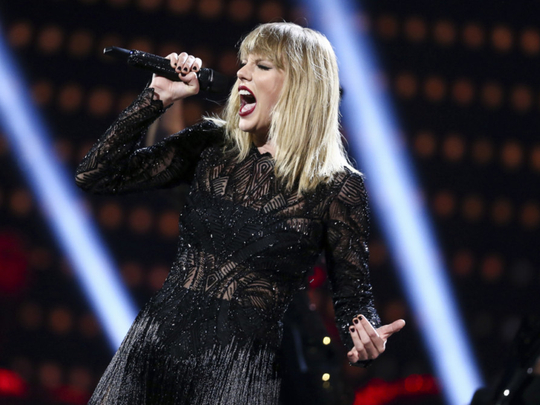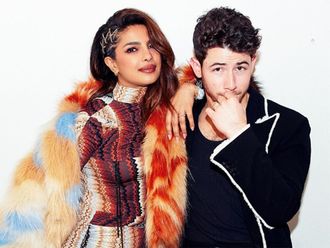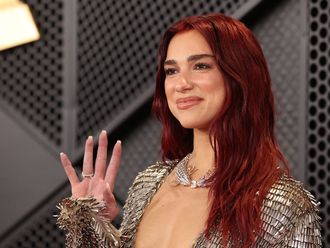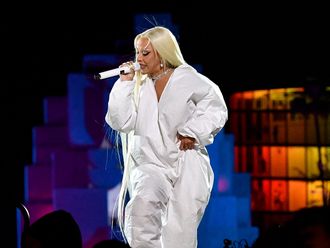
While images of Right Said Fred drum up feelings of muscular guys in Lycra, Taylor Swift found the chorus to their 1991 hit I’m Too Sexy to be the real treasure, using it for current single Look What You Made Me Do.
In recent years, Ed Sheeran, Mark Ronson and Miguel have all taken to interpolating previously released music — whether recreating the rhythm of a chorus, a melody, or even word-for-word re-singing of a hook. While sampling has been commonplace in music for decades, the popularity of interpolations, or replays as they’re also known, has grown significantly.
Why? “In order to clear a sample, you technically have to clear both the master use and the composition,” says Barry Simons, a San Francisco-based entertainment lawyer. “So there’s two clearances.” Or to quote bellowing chanteuse Jessie J, it’s all about the money, money, money.
Simons says that an artist is able to bypass paying a music publisher for the underlying composition by recreating the sound recording; the only payment is to the record label for the masters, therefore avoiding copyright infringement.
In a post-Blurred Lines world (Robin Thicke was successfully sued by Marvin Gaye’s estate for the song’s similarities to Got to Give It Up), some artists have had to backdate their “tribute”. Ed Sheeran came under fire for his pre-chorus to Shape of You having an uncredited similarity to TLC’s pre-chorus of No Scrubs (Sheeran later added No Scrubs’s songwriters to the credits); Mark Ronson and Bruno Mars later credited the Gap Band’s five songwriters of I Believe You Want to Get Up and Dance (Oops Upside Your Head) on Uptown Funk, while Miguel added Smashing Pumpkins’ Billy Corgan to the credits for Leaves owing to its similarity to 1979.
The nostalgia from musically “homaging” a bygone era is far from new, though Swift’s fascination with the ‘90s as a creative muse is perhaps just the latest reference point. As awkward ‘90s fashion and reboots of ‘90s films and TV series have seemingly become en vogue, it’s no shock why present-day artists would take to diving back to the future of this same era for their throwback inspiration.
The caveat to any interpolation is that the original artist can always say no. “And once they say no, you’ve painted yourself into a corner where you kind of can’t do it,” says Simons. In most cases, however, an interpolation is manna from heaven. A jubilant Right Said Fred have publicly thanked Taylor Swift for her cheeky borrow, especially since it temporarily thrust them back into the spotlight. Look what she went and did, more like.













